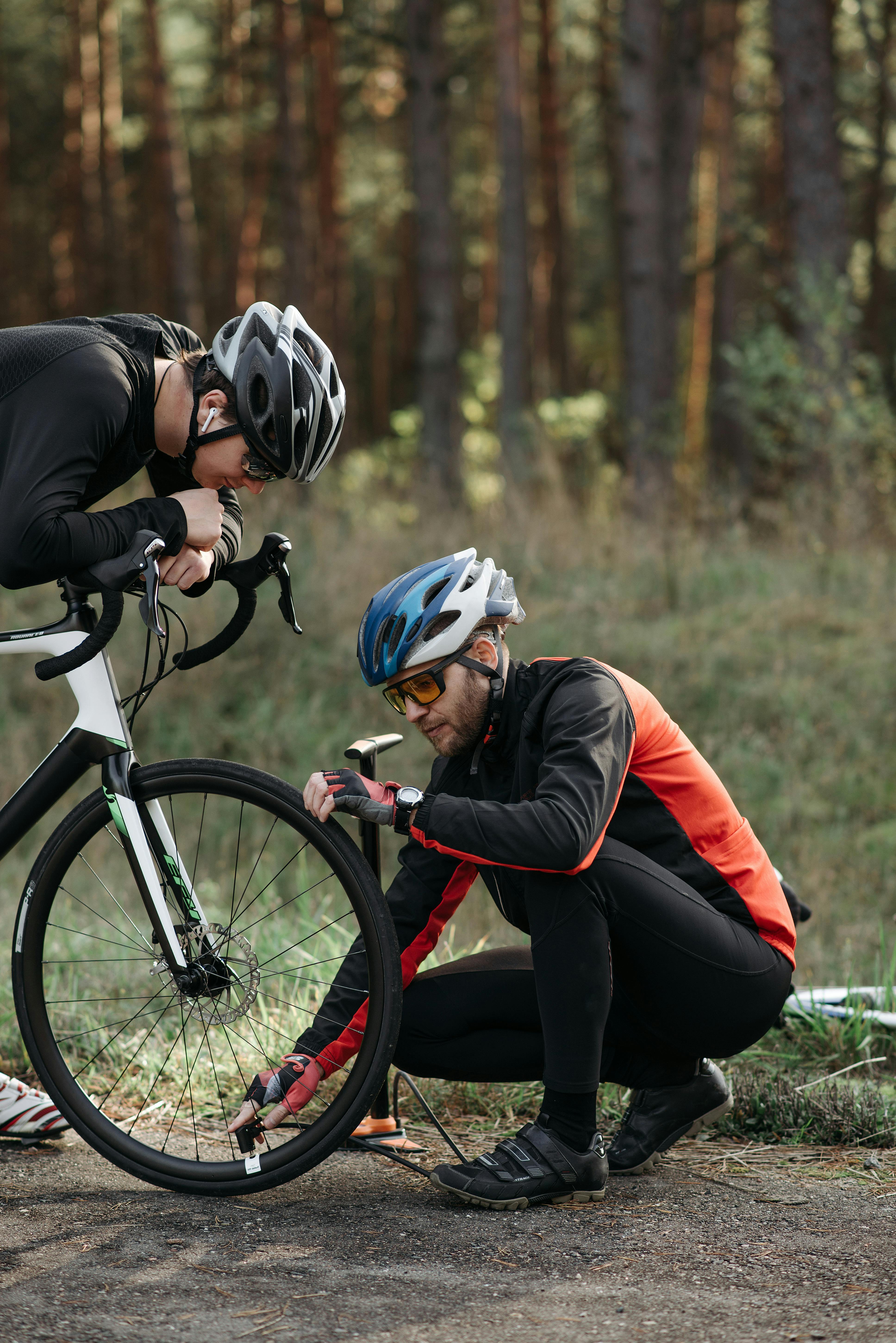How to Conduct a Thorough Bike Safety Inspection
Are you riding safely?
Riding a bike can be a fun and healthy way to get around, but it’s important to ensure your bike is in good working condition to keep yourself safe on the road. Conducting a thorough safety inspection before each ride is crucial in preventing accidents and ensuring a smooth cycling experience. In this article, we will guide you through the steps of conducting a comprehensive bike safety inspection. Let’s get started!
The Basics of Bike Safety Inspection
Before you head out for a ride, it’s essential to check your bike for any potential issues that may compromise your safety. A basic bike safety inspection involves examining crucial components of your bike, such as the brakes, tires, and chain. By conducting these routine checks, you can identify any problems early on and address them before they become serious safety hazards.
Brakes
Your brakes play a critical role in your ability to stop safely while riding. To inspect your brakes, start by squeezing both the front and rear brake levers to check for proper resistance and responsiveness. Make sure the brake pads are not worn down and that they make full contact with the rims when you apply the brakes. If you notice any signs of wear or if your brakes feel spongy, it’s essential to replace the brake pads or adjust the cable tension accordingly.
Tires
Inspecting your tires is crucial for maintaining optimal traction and stability while riding. Check the tire pressure using a pressure gauge and ensure it matches the recommended PSI (pounds per square inch) indicated on the sidewall of the tire. Look for any visible signs of damage, such as cuts, cracks, or bulges, as these can lead to tire blowouts. Additionally, make sure the tire tread is in good condition to prevent slipping on wet or uneven surfaces.
Chain and Drivetrain
The chain and drivetrain are essential components of your bike that require regular maintenance to ensure smooth and efficient operation. Check the chain for any signs of rust, dirt, or stretching, and lubricate it as needed to prevent friction and premature wear. Inspect the chainrings and cogs for wear and replace them if necessary to maintain proper gear shifting. A well-maintained chain and drivetrain will not only improve your bike’s performance but also prolong its lifespan.

This image is property of images.pexels.com.
Advanced Bike Safety Inspection
In addition to the basic components, there are other areas of your bike that require careful inspection to ensure optimal safety and performance. Advanced bike safety inspection involves checking the frame, wheels, and other components that contribute to the overall functionality of your bike. By paying attention to these details, you can identify potential issues early on and address them before they escalate into more significant problems.
Frame
The frame is the backbone of your bike and plays a crucial role in supporting your weight and providing stability while riding. Inspect the frame for any cracks, dents, or signs of damage that may compromise its structural integrity. Check the weld joints for any signs of separation or weakness and ensure the frame is properly aligned and secured. A sturdy and well-maintained frame is essential for safe and comfortable cycling.
Wheels
Your wheels are subjected to constant wear and tear while riding, making them susceptible to damage and misalignment. Inspect the wheels for any signs of wobbling, loose spokes, or visible damage to the rims. Check the wheel hubs for proper lubrication and smooth rotation, and tighten any loose bolts or nuts as needed. Properly aligned and well-maintained wheels are essential for maintaining stability and control while riding.
Suspension
If your bike is equipped with suspension forks or a rear shock, it’s essential to check these components regularly to ensure optimal performance and comfort. Inspect the suspension forks for any signs of leakage, damage, or reduced responsiveness, and adjust the air pressure or damping settings as needed. Check the suspension pivot points for any signs of wear or looseness and tighten them if necessary. Properly functioning suspension components will help absorb shock and vibrations, providing a smoother and more enjoyable ride.

This image is property of images.pexels.com.
Tips for a Thorough Bike Safety Inspection
Conducting a thorough bike safety inspection requires attention to detail and a systematic approach to identifying potential issues. By following these tips, you can ensure that your bike is in top condition and ready for a safe and enjoyable ride.
Establish a Routine
Make it a habit to conduct a safety inspection of your bike before each ride to ensure that all components are in good working order. Establish a checklist of items to inspect, such as brakes, tires, chain, and frame, and follow it consistently to avoid overlooking crucial maintenance tasks.
Use the Right Tools
Invest in quality tools and equipment, such as tire levers, hex keys, and a bicycle pump, to make the inspection process more efficient and effective. Having the right tools on hand will allow you to make adjustments and repairs as needed, ensuring that your bike is properly maintained and safe to ride.
Seek Professional Help
If you’re unsure about how to inspect or repair certain components of your bike, don’t hesitate to seek help from a professional mechanic. A certified bike technician can provide expert guidance and assistance in diagnosing and resolving complex issues, ensuring that your bike is in top condition and safe to ride.
Keep a Maintenance Log
Maintaining a log of your bike’s maintenance history can help you track the condition of various components and identify any recurring issues that require attention. Note down the date of each inspection, as well as any repairs or adjustments made, to ensure that your bike receives regular care and attention.

This image is property of images.pexels.com.
Final Thoughts
Conducting a thorough bike safety inspection is essential for maintaining the safety and performance of your bike. By following the steps outlined in this article and staying vigilant about routine maintenance, you can enjoy a safe and enjoyable cycling experience. Remember to inspect your bike regularly, address any issues promptly, and seek professional help when needed to ensure that your bike is always in top condition. Stay safe and happy riding!